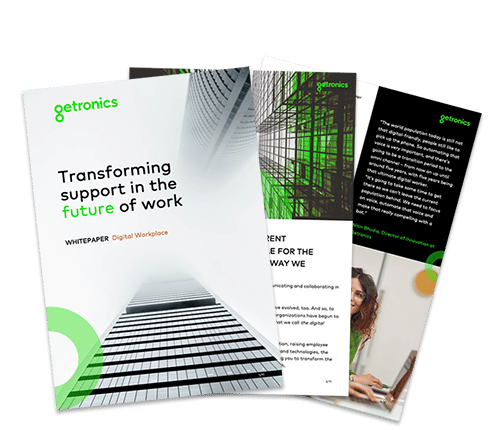16/08/2021
When technology is not enough
Despite the rise of new technologies enabling the digital workplace and transforming the way we support users, virtual agents and chatbots are still the “least preferred choice” for employees when it comes to solving technology issues. That’s according to Gartner’s 2021 Digital Worker Experience Survey, which even puts these virtual assistants and bots behind other non-live-person options, including “searching the internet” or using “internal self-serve mechanisms like an FAQ”.

Yes, there is a growing awareness that a digital workplace is vital to the success of a business’ digital strategy, and we know that emerging technologies are driving more capabilities for collaborating more efficiently. Yet, there are still barriers to widescale adoption.
Surprisingly (or not), one of the major obstacles is resistance from employees – even in the new, more tech-savvy generation. Reasons include discomfort associated with change, time pressures, or simple inertia. Whichever the case, it tends to come down to communication: without a specific enablement program to encourage adoption, people will simply continue using what they use now. So, what can businesses do to change this?
Understanding the why for new technologies
To fully get on board with new automation technologies, employees need not to be educated about the new fancy tools and what they do, but instead, they need to understand the why: the value and benefits they will bring to their day-to-day working lives.
For example, a recent study conducted by Intercom found that business leaders believe chatbots have increased sales by 67% on average. Knowing stats like this and being trained on how and when to take best advantage of them will be better at getting more employees on board.
Moreover, it’s not just about training, but a business-process-oriented approach. Businesses will benefit greatly if they understand their own users’ preferences and drivers for choosing (or not, in this case) certain tools. Analyst research confirms that people, when it comes to IT support, seek speed and expertise, which they feel cannot be achieved with a bot.
When seeking support, digital workers typically will take the fastest, easiest and/or most comfortable path.
Getting employees on board
Once companies and their IT teams have a clear why behind the change, communication is the next step. From our experience in workplace transformation and multiple deployments, we’ve selected what we find are the best ways a business can encourage and help its employees to take advantage of the new tools and thrive in a truly digital environment:
- Team up with the experts. Involve HR or internal comms to bring some expertise in how to best communicate to your workforce. Remember to address the issues relating to lack of trust in new technologies.
- Use case studies and success stories. The best way to illustrate how to use an application is not talking about the application at all, but instead, showcasing – in simple terms – how it’s helping other businesses so that people can easily understand the benefits.
- Consider a mixed-channel approach. For example, small videos or a walk-up genius bar for demonstrations where employees can get first-hand experience of the tools and test out new possibilities.
- When it comes to speedier experiences with VEAs and chatbots, concentrate on built-in process automation accelerators (like automated ticket management and recommended escalation paths). This, Gartner suggests, will lower the average waiting time for the user and improve time to resolution for the most frequent service desk use cases, such as password resets and accounts locked out.
DIGITAL WORKPLACE WHITEPAPER
In this whitepaper, written by Nitin Bhudia, Head of Service Management & Engineering, we’ll be exploring some of the biggest game-changers for the digital workplace, together with use cases and real-life applications to better enable your digital workers.
Focus on experience
In short, the success of your digital workplace can’t rely simply on deploying new digital tools, applications, and technologies. You must communicate, train and showcase the benefits of adopting these new technologies to fully reap the rewards they can bring.
It’s also key for employees to almost forget they are using these new automated tools and feel like the interactions are natural, especially when it comes to conversations with bots. Again, this is not about technology.
Still, it’s important to leave options open for digital workers to choose the channel they feel more comfortable with, depending on the use case. It might be that they find it more effective to use voice automation for more straightforward actions, such as a password reset, but in other, more complex situations, they might prefer to speak to a service desk agent.
And that’s the essence of Getronics’ Digital Workplace: an always-on, any-channel, intuitive experience regardless of where in the world your employees choose to work and the devices they prefer to use. We bring together the best in secure mobility, managed office, and unified communications and collaboration, backed by local expertise and support in over 185 countries. And via our consultancy services and workplace accelerators, we can also support those who have already started their workplace transformations in the adoption of these and other new technologies.





